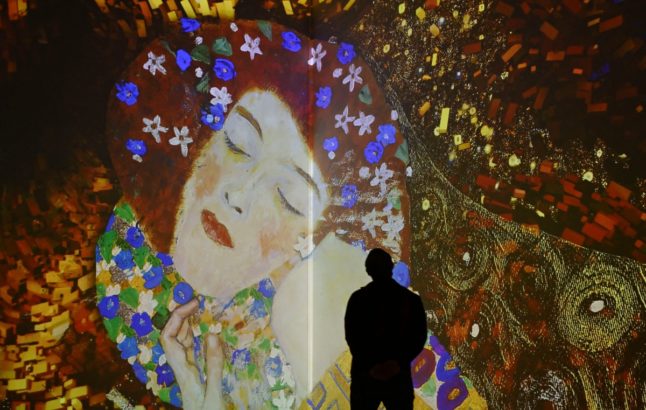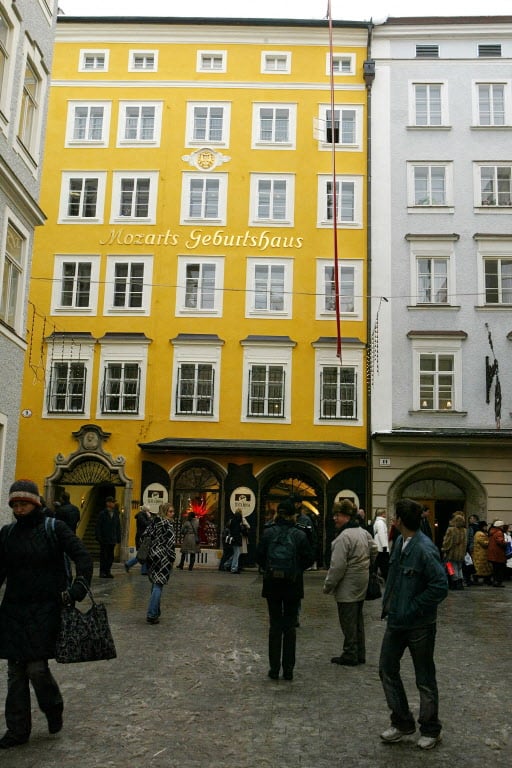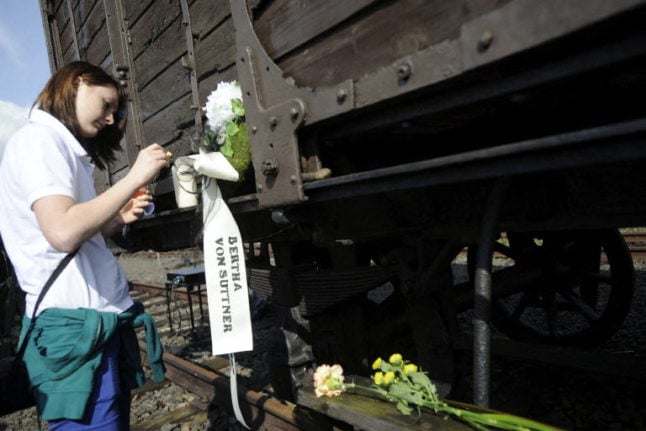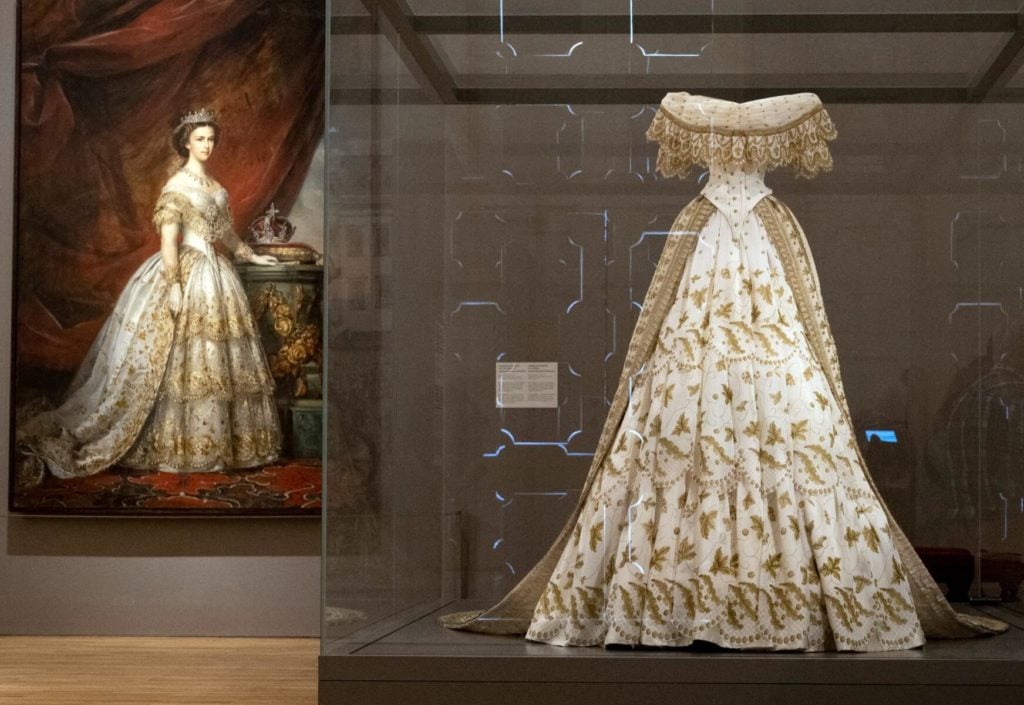Based in Vienna, but with some operations also in Moscow, the World Public Forum – Dialogue of Civilizations – is an NGO which seeks to promote dialogue between civilizations, including multi-polar political groupings, NGOs, faiths and peoples of the world.
On its web site, it describes itself as a "deliberative-consultative body that unites into a single network various international and national non-governmental organizations (NGOs), representatives of public and state institutions, civil society organizations and faith-based groups, academics, representatives of cultural, spiritual, business, and media spheres from different countries, members of diverse civilizations and cultural traditions, and individuals who share the principles of openness mutual respect which form the basis of the contemporary dialogue of civilizations."
It operates primarily as a venue for discussion on important issues, from the rise of neo-fascism and neo-nazism in Europe, through the global resurgence of a 'Cold War' mentality, environmental concerns and climate change, the Sunni versus Shia conflict, and conversations around the theme of the possibility of leading a peaceful and spiritually fulfilling life for every human being, regardless of race, creed, caste, colour or religion.
The WPF was founded in 2002 when civil society representatives from Russia, India and Greece organized the International Program "Dialogue of Civilizations". Its co-founder and president, Dr. Vladimir Yakunin, has helped the organization to expand significantly beyond its original program of work since then. Despite these activities, in March 2014 Dr Yakunin was placed on the sanctions list for individuals closely associated with Vladimir Putin.
Co-chairman of the WPF and former Secretary General of the Council of Europe, Walter Schwimmer, has commented that "The world of 2014 does not need a new Cold War. It needs de-escalation instead of a spiral of sanctions."
The current major activities of the WPF include:
1) A recent meeting of the WPF was held in Berlin, called "Europe: Lost in Translation”, which was jointly organised by the Deutsch-Russisches Forum. At the meeting, Dr Yakunin was quoted by Reuters as saying that he was flattered to be included on President Obama's sanctions list, explaining that "A vulgar ethno-fascism from the distant past has once again become part of our lives."
2) A special event was held in Vienna on May 23rd, called "Kulturen bitten zu Tisch", which featured dialogue, culture and food from 25 nations. It was attended by thousands of people.
3) The WPF is currently planning the Altai Forum, “Society, Human and Nature Co-Development within the Framework of the Dialogue of Civilizations”, which will take place on May 28-31 in a remote part of the Altai mountains in central Russia. The forum will focus on a new agenda of international cooperation regarding the issues of ecologically and spiritually oriented civilization.
4) The major annual event on the WPF calendar is the Rhodes Forum, which will be held in September on the ancient Greek island of Rhodes. This forum will continue to build relationships between a global network of experts in many fields of human endeavour, bringing together "public figures and statesmen, academics, religious figures and representatives of the arts, mass media and business spheres from all over the world."
In the past, Yakunin and the WPF have come in for criticism, when in a 2011 speech he stated that there is an “incompatibility between the neo-liberal interpretation of the system of human rights and the system of human values”, and that “the universal urge to have the ‘freedom’ to say ‘anything and in any form’ has a temporary character and is beginning to fade away”.
The WPF is also very supportive of the World Congress of Families, which supports and promotes religious rights activists around the world.







 Please whitelist us to continue reading.
Please whitelist us to continue reading.
Member comments